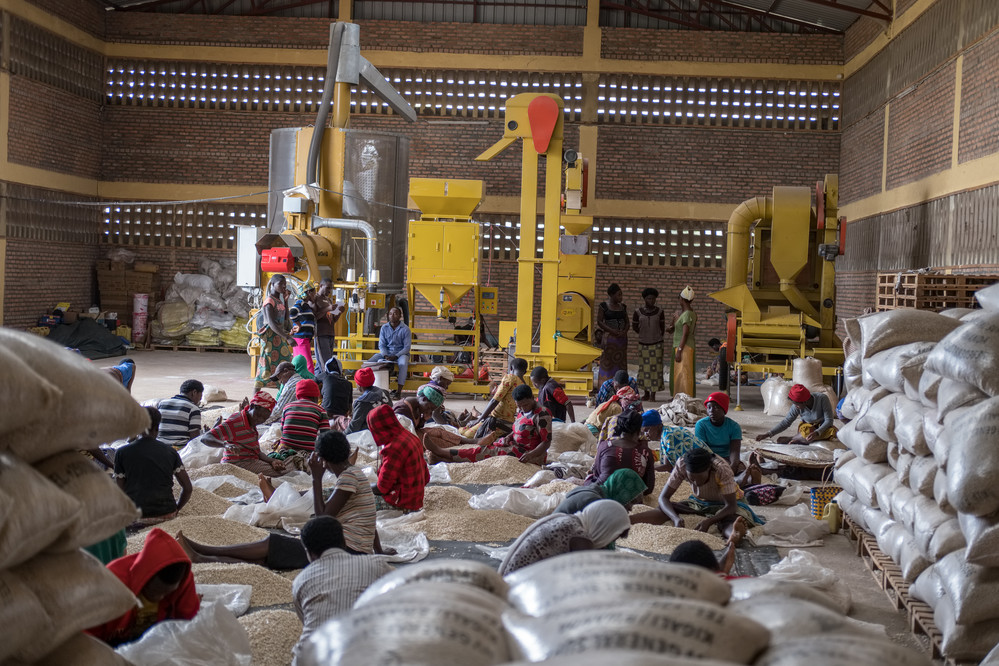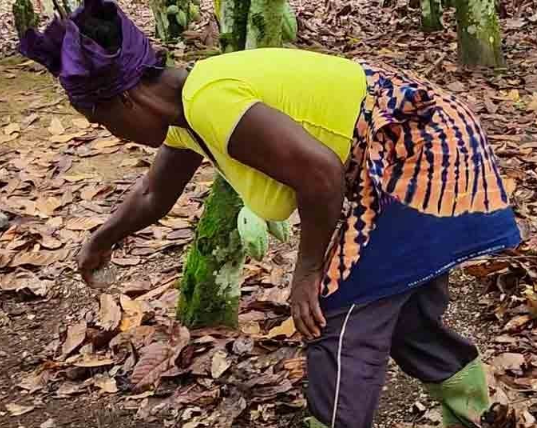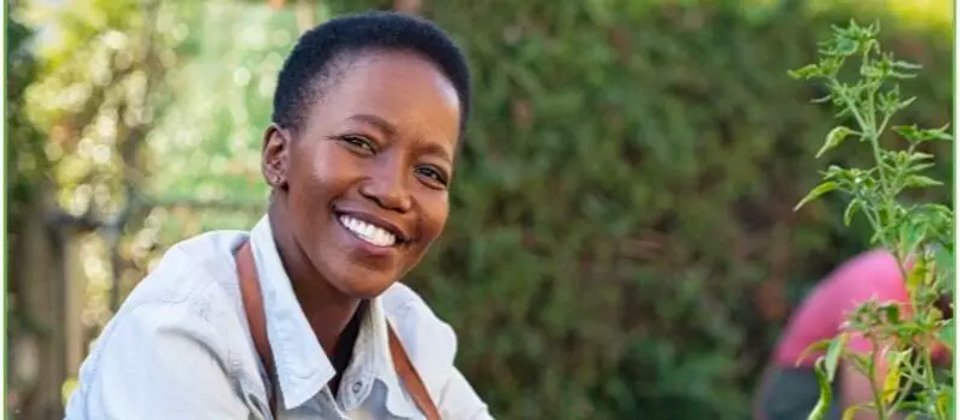
Photo: AGRA
This post is written by Lilian Gichuru, Program Officer – SeedSAT, AGRA Francis Mwatuni, SeedSAT Manager, AGRA, George Bigirwa, Deputy Vice President Program Innovations and Delivery, AGRA, and Aggie Asiimwe Konde, Vice President Program Innovations and Delivery.
The African seed sector makes an important contribution to food systems challenges by supporting food security and nutrition, livelihoods, sustainable resource use, and climate change mitigation. Recent case studies in Malawi, Zambia, the state of Chiapas in Mexico and the state of Bihar in India indicate that smallholder farmers are increasingly purchasing seed from the formal seed systems, especially the maize seed system in these different parts of the world. This, among other factors, has contributed to improved yields that translate to increased farm incomes. However, the seed systems here need to be well-functioning to sustain this demand and efforts toward continuous improvement are vital. Countries with robust seed systems that allow farmers to respond to market needs and produce profitably have a good blend of public and private investments and healthy competition among stakeholders.
Many African countries have developed strategies for strengthening the overall seed system and increasing the uptake of certified seed, contingent on increasing farmer confidence and demand for improved seeds. It is critical that countries measure the progress, status, and health of seed systems to redefine strategies and priorities areas of investments. AGRA has deployed the Seed Systems Assessment Tool (SeedSAT), which offers a comprehensive analysis through eight end-to-end thematic areas of the entire system (Figure 1) to better understand the optimal points of leverage and investment to support seed system modernization.
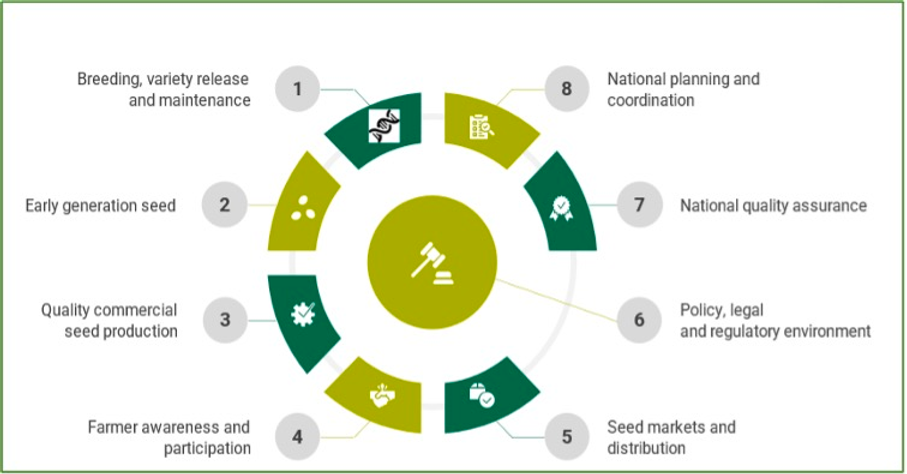
Photo: AGRA
Figure 1. Seed Systems components that guide both the assessments and investments.
The data collection exercise leverages existing strong AGRA country knowledge and collaborative input from stakeholders during the baseline scoring exercise. Stakeholder consultation and customized data collection allow final scores to be reached and “owned” by stakeholders. With the guidance of the thematic area leads, recommendations are developed while ensuring ownership by stakeholders.
With this end result in mind (Figure 2), the goal is not necessarily to deliver desk-based analysis, but to 1) catalyze new understanding and behavior change in country stakeholders and in how AGRA interacts with them to deliver systemic change; and 2) identify catalytic interventions that will drive significant improvements, at scale, in seed system effectiveness for farmers.
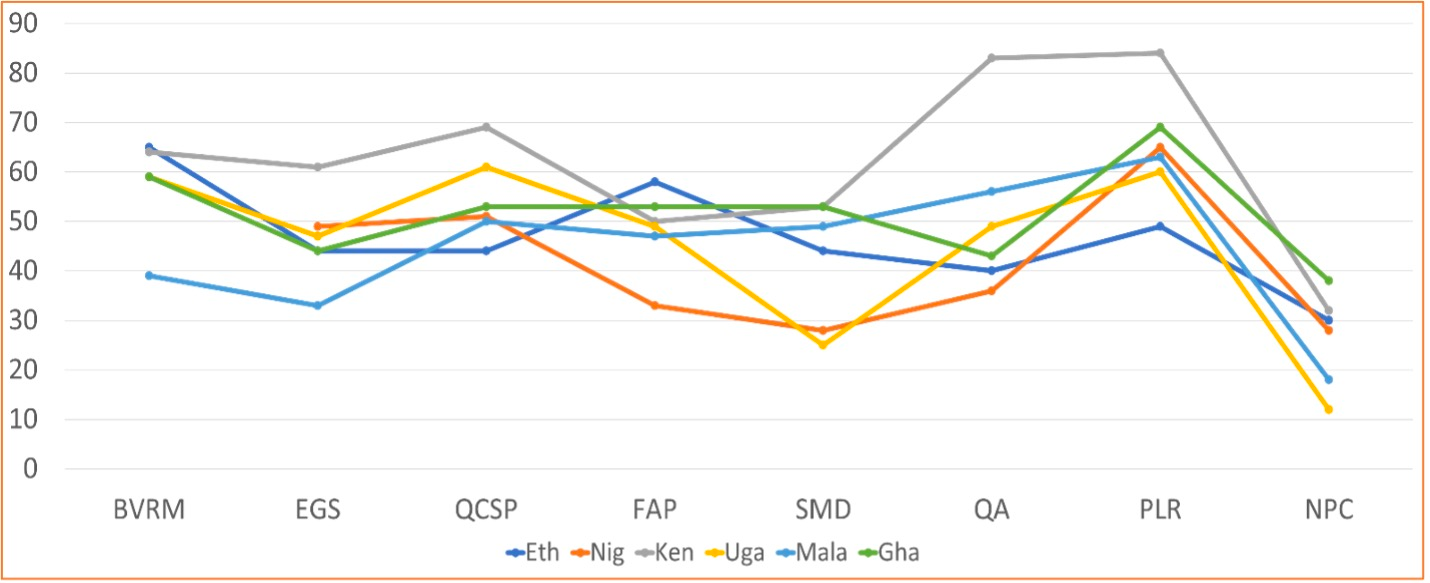
Photo: AGRA
Figure 2. Performance of national seed system components as assessed by AGRA’s SeedSAT (2021-2022).
It has been shown that most African countries have up-to-date seed policy instruments (PLR), including a national seed law and seed regulations or decrees, and therefore scored highly in this regard. In addition, there have been steady efforts to improve quality assurance (QA), including the training and accrediting independent seed inspectors to complement current government efforts, translating into greater efficiency in seed inspection services, and high satisfaction levels by seed companies. Further, countries moving steadily towards International Seed Testing Association, which augurs well for countries’ commitments to seed quality.
Nonetheless, some key challenges persist, particularly in the area of seed sector planning and coordination, which scored lowest in most countries due to a lack of a national planning and coordinating unit under the ministries of agriculture and lack of coordination with relevant units in other Ministries, impacting negatively on the sustainability of input and output markets. Another common problem is that in most African countries, public breeding programs do not receive enough support to carry out their intended mandate successfully. These funding constraints in turn pose challenges to NARI’s supply of early generation seed to seed producers.
The key outcome of the assessments, therefore, is to design highly targeted investments by multiple donors to address the most pressing seed system issues, in partnership with government stakeholders and other permanent market actors and institutions. The recommendations arising from a SeedSAT analysis will inform AGRA support initiatives, trigger recommendations to market actors in a national seed system for access to expertise and technical assistance and highlight knowledge gaps that may be resolved through the exploration of best practices.
It is against this backdrop that a Center of Excellence for Seed Systems in Africa (CESSA) as a one-stop center and a go-to institution was established. CESSA is to serve as a hub connecting with other seed system partnerships on the continent. The focus of CESSA will be to provide access to highly practical solutions and expertise to national seed system stakeholders to drive sustainable systemic change in Africa’s seed system. CESSA is institutionalized within AGRA to provide tools and professional guidance that support the development of strong seed systems by myriad partners in a multitude of countries.
CESSA is envisaged to offer the following analytics, technical advice, capacity building and training, meetings, knowledge products, digital tools and catalytic grants. These offerings are summarized under three broad areas.
-
Analysis and Knowledge Resources
This flagship program houses seed system diagnostics and analyses. AGRA is using SeedSAT, which is a unique and comprehensive seed system diagnostic tool. It links assessment results and proposed solutions to other CESSA areas. SeedSAT also builds and maintains a large base of searchable evidence and resources related to seed systems, beginning with the extensive evidence collected for seed systems. The program will also design and contract case studies, curate and share viable seed system models.
-
Catalytic Grants and AGRA Advisory Services
The main activities under this program are delivering advisory services and designing and overseeing catalytic grants, focused on delivering prioritized solutions based on SeedSAT assessment findings. This calls for highly collaborative and strategically driven work with national governments building upon AGRA’s incredible track record to date, with a focus on scalable interventions such as better production models and best practices for quality assurance.
-
Capacity Building and Technical Support
This is a highly expert-driven support program for the technical aspects of seed systems, often in collaboration with partners. The focus areas will be highly driven by the results of SeedSAT assessments, with additional emphasis on work that can be scaled up. It will also offer technical support that can take the form of exchange visits, expert visits or placements, scoping visits and studies and ongoing coaching. Capacity building will focus on new, scalable approaches that will complement overall CESSA initiatives.
CESSA is expected to empower Africa’s seed systems by facilitating holistic growth, building synergies and cultivating collaborations with both private and public partners on seed sector development. The farmer has received too many different prescriptions from the experts to cure the same problem. The most critical and catalytic actions need to be agreed upon for scaling through well-structured collaboration arrangements.
Additionally, farmer-centric metrics in various pieces of work are required to ensure collaborations become more outcome and impact-focused. Farmer feedback loops are being created to ensure the voice of the farmer is heard on how they are being impacted by the innovations. Effective service delivery models to reach the last mile can be achieved through promoting innovative and effective value chain services, support to agriculture advisory services including farmer field schools, ICT-based solutions, and smallholder access to markets.
This article was originally published by USAID/AGRA
